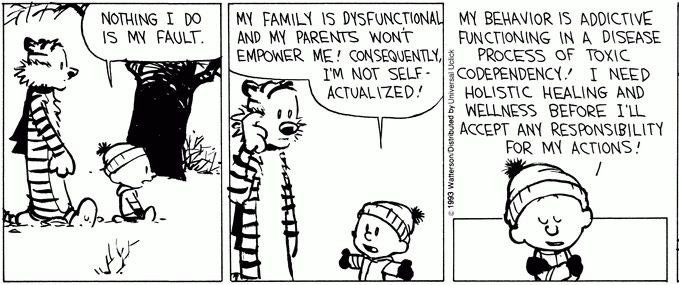4-Steps to creating engaging product experiences (and building a moat in the process)
How have some digital products managed to monopolize our time and attention and have us keep coming back for more?
Building habit-forming products, ethically.
We keep going back to use the same digital products day after day, so much so that they’re ingrained in our routines. The first thing I do after I wake up is open my Gmail app to check emails, then I peruse Instagram, LinkedIn or Reddit with my morning coffee to get my social dopamine hit. Anytime I have a question, I habitually type in “g” in my browser and my browser auto-completes it to Google.com. How have these products managed to monopolize our time and attention and have us keep coming back for more?
Step 1: Solve a real user pain point 💊
All product managers have heard this before, but here it is again — your product or feature needs to solve a painful problem to be able deliver value to your users. By solving a real problem, the product becomes indispensable to users’ repeated use. This in turn leads to continued growth and success for the product. Value creation and value delivery can be growth levers to 5x or 10x a product’s usage and engagement metrics. Companies that focus their capabilities and resources on product initiatives that create and deliver value, are the ones that create products which eventually become verbs in the Oxford dictionary².
“Google it”, “Do it for the gram”
Step 2: Design for emotion 😃 😠 😢
Humans are emotional beings and our emotion is an understated growth and engagement lever for designing products. The most popular product experiences do a fantastic job at exploiting our emotions to keep us coming back for more (can this become unhealthy or unethical?). There are two main inroads to this:
Extrinsic prompts: These are things that provoke users into performing an action. For example, it could be a notification sound on your phone that drives you to open your email app, or a new dance trend on TikTok that inspires you to record and post a video of yourself.
Intrinsic prompts: This is where the real power lies. Intrinsic prompts are driven by users’ emotions that have been developed by previous memories. When you feel bored, you might open up Twitter or Instagram and scroll through your feed, or go down a YouTube rabbit hole. Previous experience has taught us that the dopamine hit we get from using these product’s feels great and we know with high confidence that we can expect the same experience again if we open that app.
Our products need to cater to an emotion. Designing an engaging product experience requires a deep understanding of the psychological state users are trying to transverse (boredom? frustration? curiosity?). With that understanding, we can then figure out the product details that can help overcome that emotion.
Fogg Behaviour Model
The Fogg Behaviour model (FBM), developed at Stanford’s behaviour design lab, is also a great tool to reference when designing product experiences. FBM demystifies the psychology behind human behaviour by postulating that
where:
B = Behaviour (an action a user must do)
M = Motivation of a user to perform an action
A = Ability of the user to perform the action
P = The extrinsic or intrinsic prompt to develop this new behaviour
When a desired behaviour does not happen, it means that a combination of the motivation, ability or forces are missing in your product experience.
Divya Ray goes into great detail about FBM and I highly recommend the article.
Fogg’s behaviour model — a framework for behaviour change
Behaviour and behaviour change is not as complicated as most people think. It’s systematic. — Dr. BJ Foggbootcamp.uxdesign.cc
Step 3: Do nothing AKA the self-reinforcing feedback loop ➰
The last step to creating an engaging product experience should happen organically if you nail Steps 1 and 2. As your users invest time, money and emotion into your product, their anticipation of future benefits will keep them coming back. This is the point at which your product experience becomes habitual for your users! The more time, emotion and money they invest in your product, the more frequently they use your product and a self-enforcing feedback loop is built.
Build a competitive moat
And guess what — when we build a habit forming product, it automatically becomes a source of sustained competitive advantage for the product. When was the last time you used Google to satisfy your curiosity vs. when was the last time you used Bing?
Step 4: Be ethical 🌎
As product managers and designers, we have an obligation to balance user engagement with user health. Always remember that our endeavours to retain and engage our users are ultimately a type of emotional manipulation. Diligent technologists design and build products ethically to ensure that the habits (addictions) being encouraged through product experiences strike a balance with the physical and mental well-being of its users.
1: https://behaviordesign.stanford.edu/fogg-behavior-model
2: https://www.searchenginewatch.com/2006/06/29/google-now-a-verb-in-the-oxford-english-dictionary/




